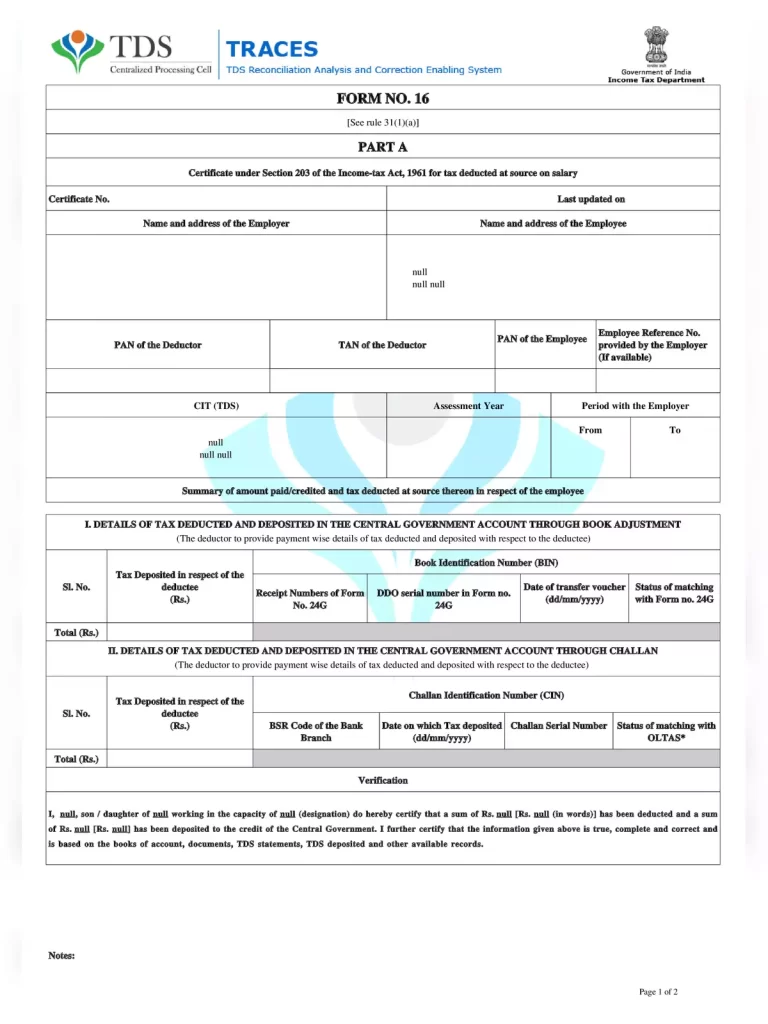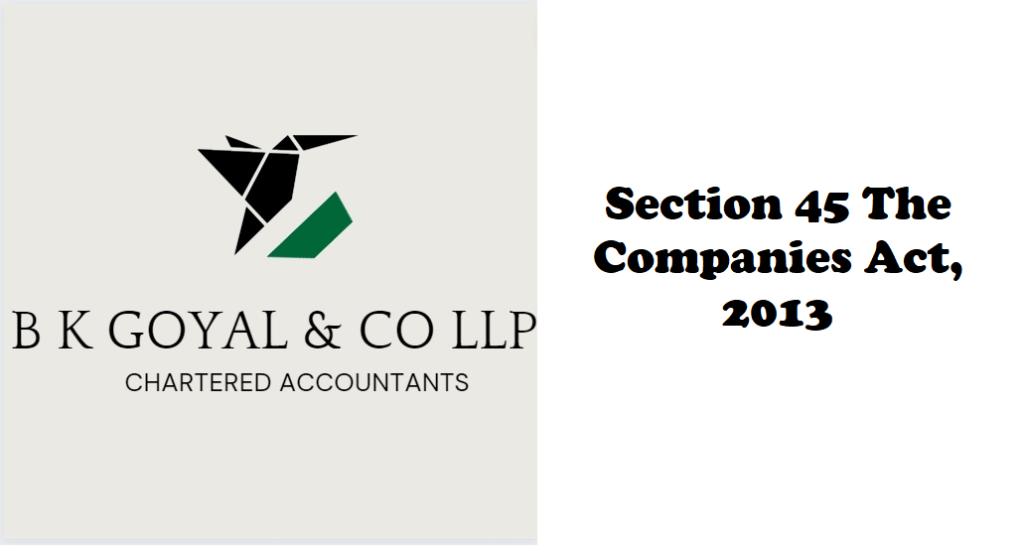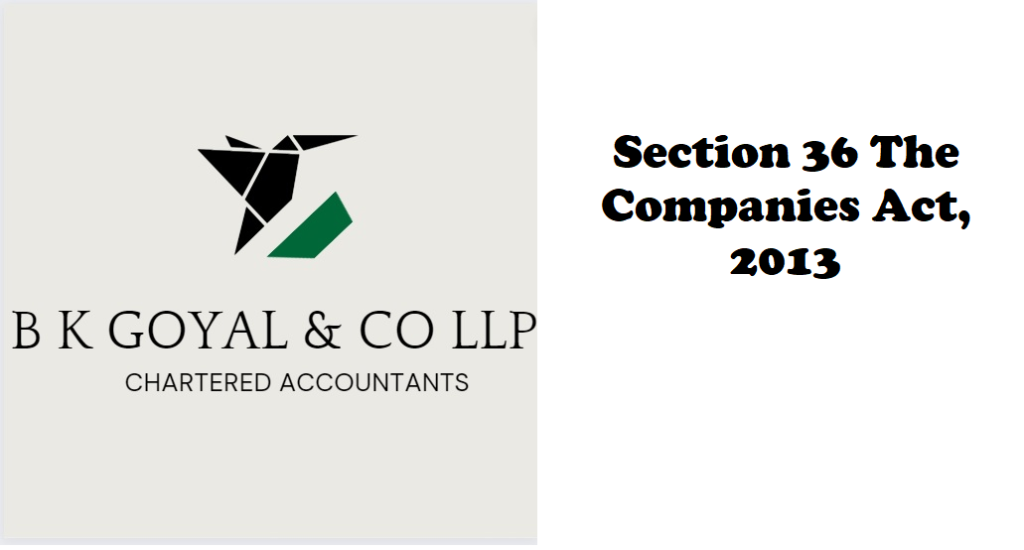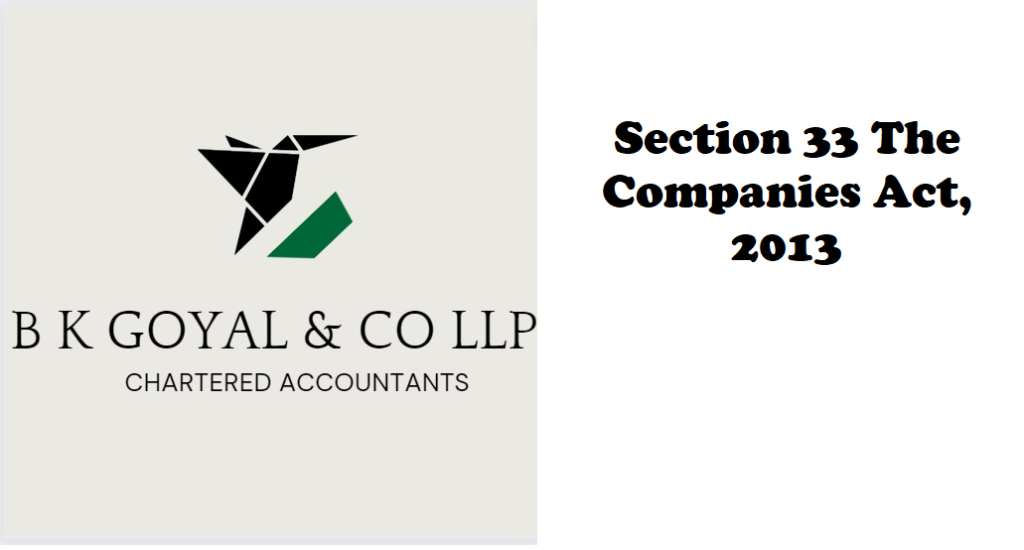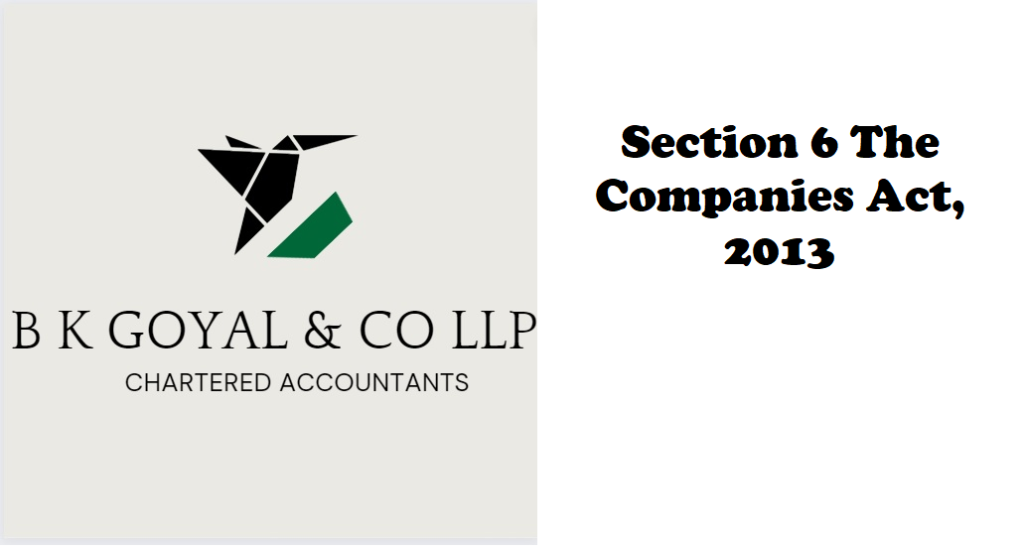Form 16
Introduction Are you familiar with the mysterious Form 16? It’s a crucial piece of documentation that plays a vital role in income tax filing for salaried individuals. Whether you’ve just entered the workforce or have been a working professional for years, understanding Form 16 is essential to ensuring a smooth tax-filing experience. In this comprehensive guide, we’ll delve into the depths of Form 16, exploring its format, due dates, eligibility criteria, and the significance of TDS certificates The Basics of Form 16 Form 16 is a document provided by employers to salaried individuals. It serves as proof of tax deducted at source (TDS) from their salary. This form is a reflection of the employer-employee relationship and the financial transactions that occur during a particular financial year. TDS Certificates: Unlocking the Gateway to Compliance Before we delve further into Form 16, let’s address the significance of TDS certificates. These certificates act as a validation of the tax deducted by the employer from an employee’s salary. They serve as concrete evidence of the tax payment made on your behalf, making them crucial for income tax filing. Here are a few key points regarding TDS certificates: TDS certificates are issued by employers and are a legal requirement. The certificates are a proof of the tax deducted and deposited with the government. They provide a summary of the income earned and the taxes paid during the financial year. Now that we’ve established the importance of TDS certificates, let’s dive into the various components of Form 16. Decoding the Format of Form 16 Form 16 consists of two parts: Part A and Part B. Each part contains specific information that is essential for income tax filing. Part A of Form 16: A Sneak Peek into Your Salary Details Part A of Form 16 provides a comprehensive overview of your salary details. It includes information such as: Your employer’s details, including their name and address. Your personal details, including your name, PAN (Permanent Account Number), and employee code. A summary of your salary, including gross salary, allowances, perquisites, and deductions under various sections of the Income Tax Act. Part B of Form 16: Treading into Tax Calculation Territory Part B of Form 16 focuses on the computation of taxable income and the tax payable. It provides detailed information on: Income under the head “Salaries,” including exemptions and deductions. The total income after considering exemptions and deductions. The tax payable after applying the applicable tax rates. Details of tax payments made by you throughout the financial year. Demystifying the Due Date for Issuing Form 16 Now that we understand the structure of Form 16, it’s essential to know the due date for issuing this document to employees. Employers are legally obligated to provide Form 16 to their employees within a specified timeframe. The due date for issuing Form 16 is typically on or before the 15th of June of the year following the financial year in question. However, it’s important to note that this due date can vary depending on government notifications or extensions granted in exceptional circumstances. Frequently Asked Questions about Form 16 To provide you with a holistic understanding of Form 16, let’s address some common queries associated with this essential document: Q1: What is the eligibility criteria for Form 16? A1: Form 16 is applicable to salaried individuals whose employers deduct tax at source from their salary. If you fall under this category, you are eligible to receive Form 16 from your employer. Q2: How does Form 16 impact income tax filing? A2: Form 16 plays a crucial role in income tax filing for salaried individuals. It serves as proof of the tax deducted by your employer and helps you calculate your taxable income accurately. It also provides vital information required for filing your income tax return. Q3: Can I file my income tax return without Form 16? A3: While Form 16 simplifies the income tax filing process, it is not the only document you can use. If you have all the necessary information regarding your income and tax deductions, you can still file your tax return without Form 16. However, having Form 16 makes the process smoother and reduces the chances of errors. Q4: Are there any penalties for not issuing Form 16 within the due date? A4: Yes, there are penalties prescribed by the Income Tax Act for not issuing Form 16 within the stipulated due date. Employers may face penalties for non-compliance, which can include fines and legal consequences. Q5: Can Form 16 be used as proof of income for obtaining loans or other financial transactions? A5: Yes, Form 16 can be used as proof of income for various financial transactions, such as obtaining loans, credit cards, or applying for visas. It provides a comprehensive summary of your salary and tax deductions, making it a reliable document for such purposes. Conclusion Form 16 holds significant importance in the income tax filing process for salaried individuals. It acts as proof of tax deducted at source, provides vital salary and tax details, and simplifies the computation of taxable income. Understanding its format, due dates, and eligibility criteria is essential for a smooth and accurate tax-filing experience. As an employee, make sure to keep track of the due date for receiving Form 16 from your employer. If you encounter any delays or issues, it is advisable to communicate with your employer or consult a tax professional for guidance. Remember, it represents your compliance with tax regulations and ensures a transparent financial relationship between you, your employer, and the government. So, keep those TDS certificates handy, familiarize yourself with the Form 16 format, and embark on your income tax filing journey with confidence. So there you have it! The secrets of Form 16 unveiled. Happy tax filing! Practice area’s of B K Goyal & Co LLP Income Tax Return Filing | Income Tax Appeal | Income Tax Notice | GST Registration | GST Return Filing | FSSAI Registration | Company Registration | Company
